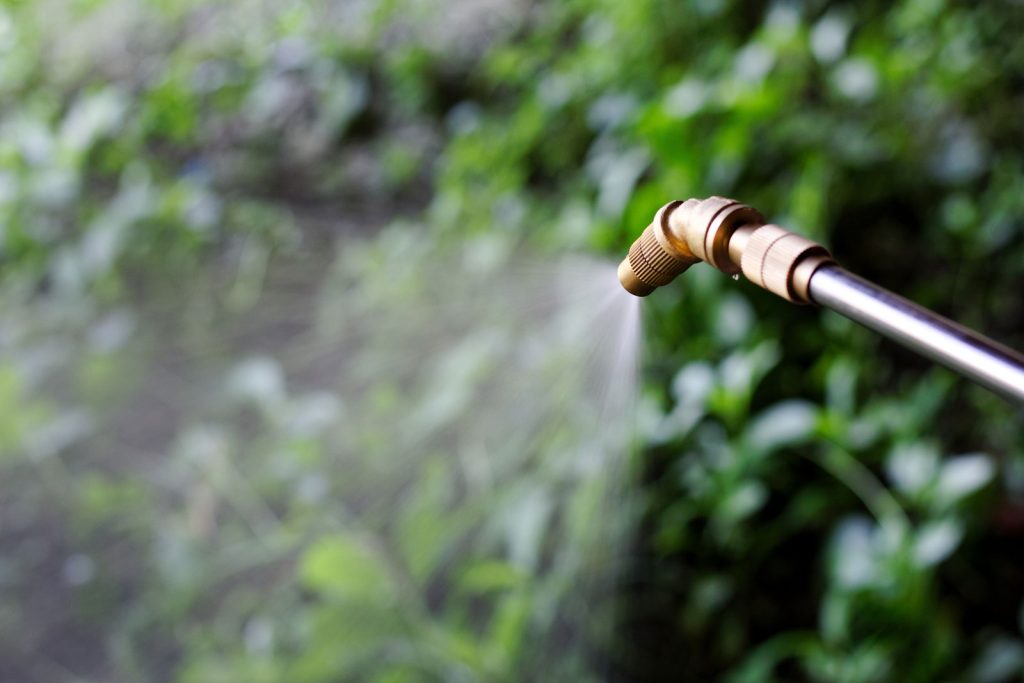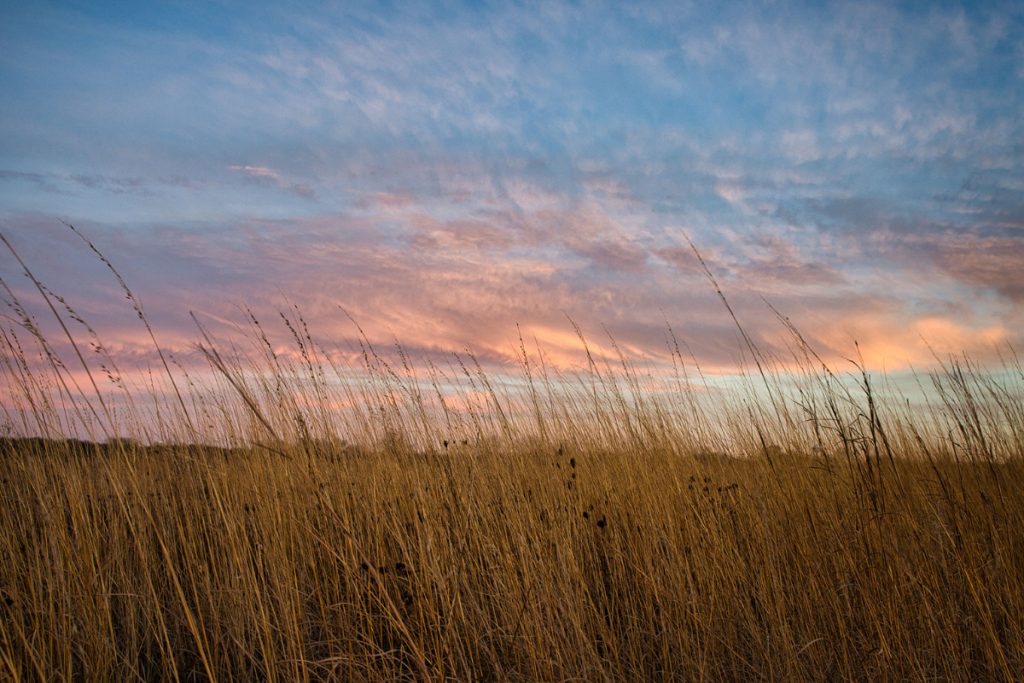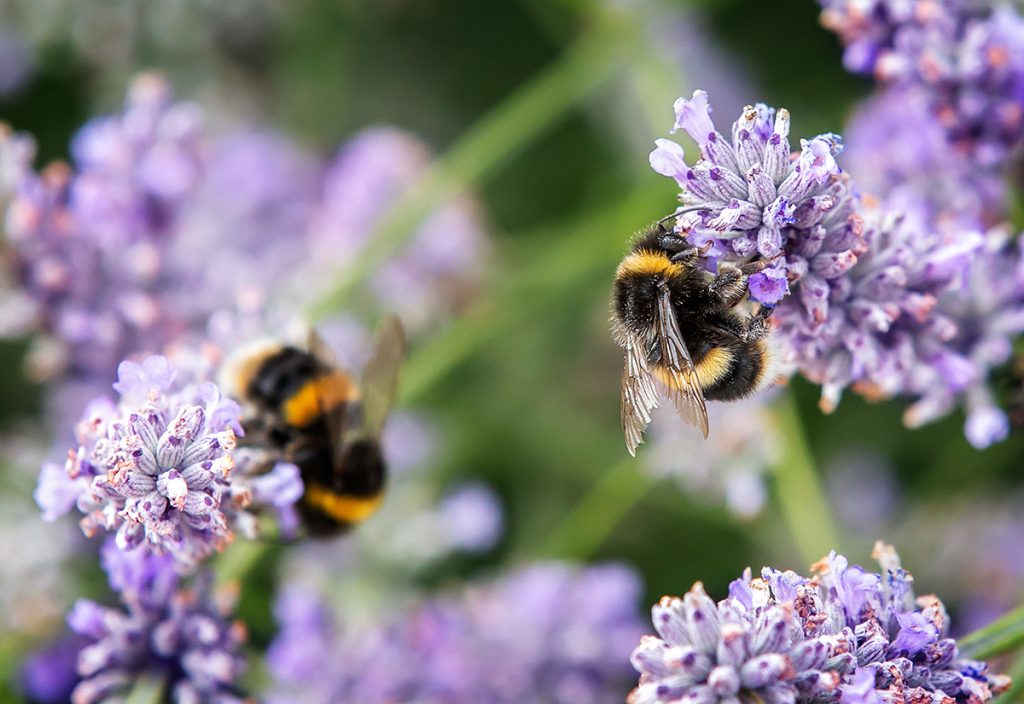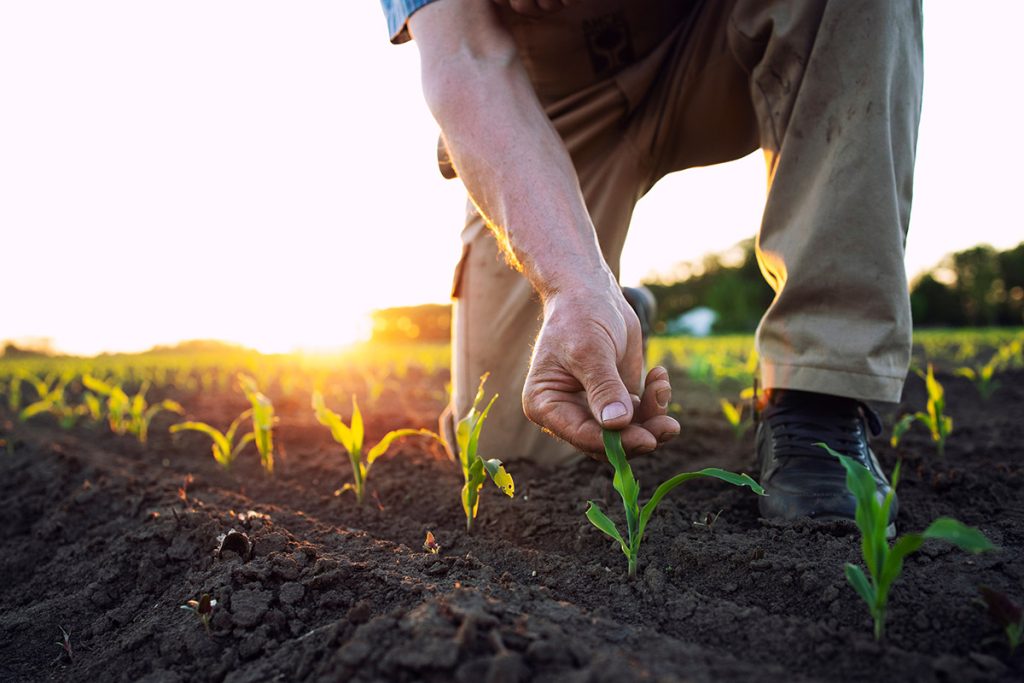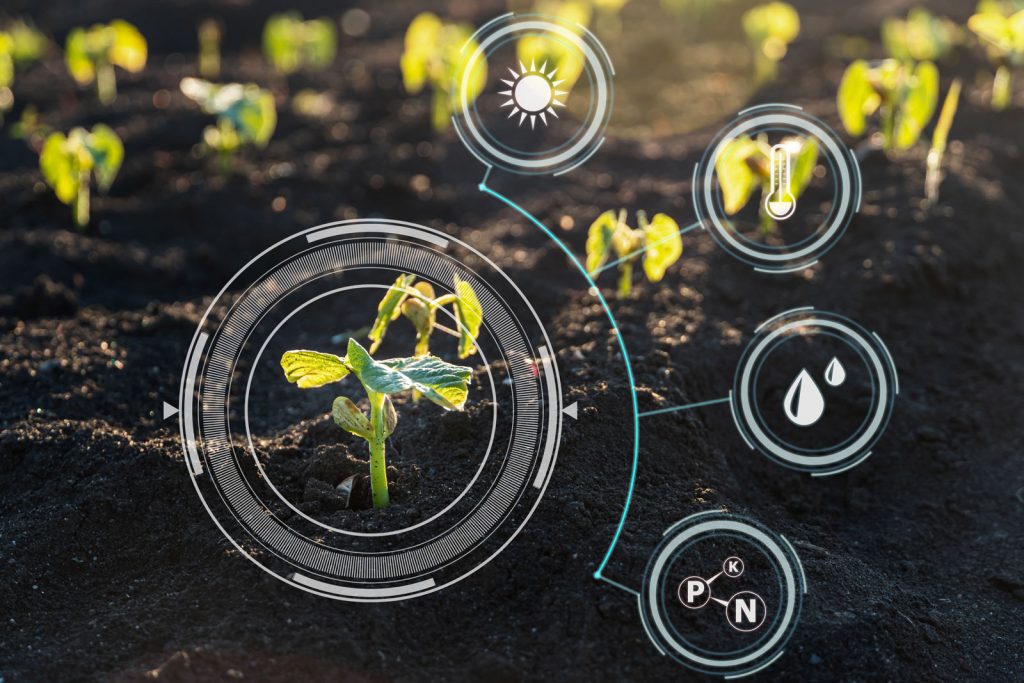How to Develop an Effective Herbicide Plan for CRP Fields
Managing weeds in Conservation Reserve Program (CRP) fields is crucial for establishing and maintaining native plant growth. An effective herbicide plan can help control invasive species, will promote the growth of native plants, and helps to ensure compliance with CRP requirements. Here are some tips for creating a targeted herbicide plan to support your CRP […]
How to Develop an Effective Herbicide Plan for CRP Fields Read More »

